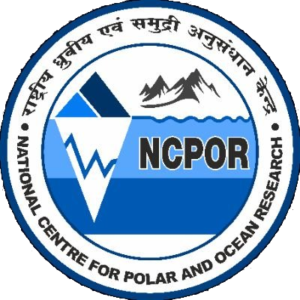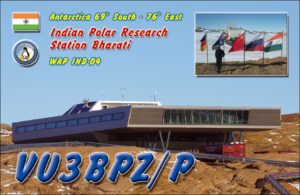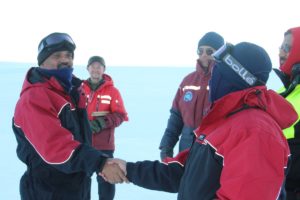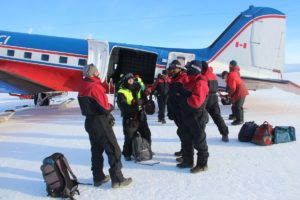 ISEA is a multi-disciplinary, multi-institutional program conducted every year by the Union Ministry of Earth Sciences, started in 1981. It has gained global acceptance after India signed Antarctic Treaty.
ISEA is a multi-disciplinary, multi-institutional program conducted every year by the Union Ministry of Earth Sciences, started in 1981. It has gained global acceptance after India signed Antarctic Treaty.
Subsequently, India had constructed Dakshin Gangotri Antarctic research Base (WAP IND-Ø1) in 1983. It was superseded by the Maitri Base (WAP IND-Ø3) from 1990,
The newest base Bharati (WAP IND-Ø4), is the last one of the India Research Programs in Antarctica; The Larsemann Hills component of XXX Indian Antarctic Expedition, season 2010-11 led by Mr. Rajesh Asthana, a geologist from Geological Survey of India, reached 160m close to the landing site o f Bharti Promontory.
f Bharti Promontory.
Ice Breaker, I/B Vladimir Ignatyuck and the main expedition vessel were deployed during that season; on the year 2011-12 the Station has been completed and commissioned to carry out scientific activities involving various disciplines like, Earth Science, Biological Science, Atmospheric Science, Engineering and Medicine.
The first Ham Radio contact with Bharati Station was made on 27 Aug. 2012 and the operator was Bhagwati Prasad signing VU3BPZ/P
On Nov 27, 2018, the Launching ceremony of XXXVIII Indian Scientific Expedition to Antarctica (ISEA) and Briefing lectures to the Fourth Batch of members has been held at Seminar Hall, NCPOR. Dr Rajesh Asthana, Deputy Di rector
rector  General, GSI and Veteran Antarctican was guest speaker together with Dr. M. Ravichandran, Director NCPOR; Shri M. Javed Beg and Dr. Thamban Meloth, Dr. K.P. Krishnan, Dr. Mahesh B.S. along with the members of fourth batch of expeditionners ready to head down South!
General, GSI and Veteran Antarctican was guest speaker together with Dr. M. Ravichandran, Director NCPOR; Shri M. Javed Beg and Dr. Thamban Meloth, Dr. K.P. Krishnan, Dr. Mahesh B.S. along with the members of fourth batch of expeditionners ready to head down South!
Mr. P Elango (pic to the right) is the 38th ISEA Leader at Bharati Station WAP IND-Ø4), Antarctica, but as far as we know, no Ham radio operators are among the personnel down there!
